Simply modest: AHR bring life back to shores of Scotland's Stranraer
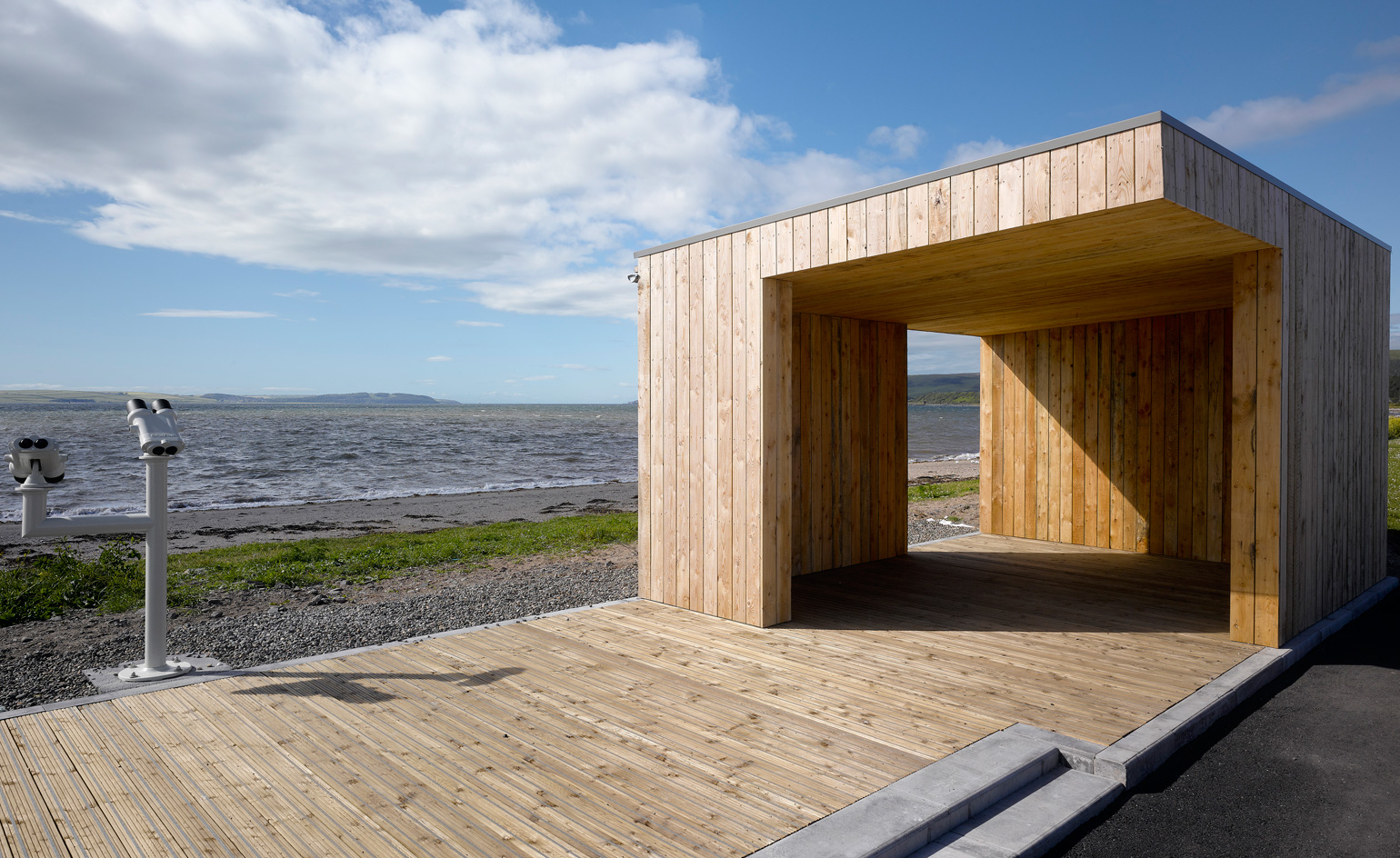
When the western Scottish town of Stranraer lost its ferry terminal to neighbouring Cairnryan just five miles up the shore, it also lost a great deal of passing trade and one of the most important reasons many people spent time there. To counter the inevitable economic and social repercussions, millions are being spent to regenerate the town and give it a new lease of life.
One such regeneration scheme is a series of landscape and architecture interventions – or Gateway projects – designed to 'remind people of the natural context within which the town sits,' says Martin Robinson, a director at the Glasgow office of architecture and building consultancy AHR who have designed the gateways. Two have been confirmed and the first to complete sits on the shoreline between Stranraer and Cairnyran. With a modest budget of £55,000 and a palette of simple materials and straightforward but effective architectural moves, the practice’s landscape design team has managed to transform a small and uninspired layby into an attractive and contemporary-looking place to stop, eat, bird-watch and take in the expansive views of Loch Ryan and the surrounding untamed landscape.
The wild views were always there but no-one was really paying attention. Where before there was just a tired-looking pebble-dash café with clumsy signage and a long stretch of tarmac, now there is a timber-clad café with new livery and galvanized polyester powder-coated metalwork and a cantilevered pavilion, also clad in Scottish larch, that frames the views and provides shelter and seating (the benches hadn’t yet been installed when these photos were taken). There’s also a generous raised but wheelchair-accessible timber deck outside the shelter, as well as a binocular observation point. 'We took a porthole theme that you might have on a boat but reversed it by looking out from the shelter towards the new port and the boats,' says Robinson. 'It’s subtle but it piques your interest.'
What a difference a modest budget and a good architect can make.
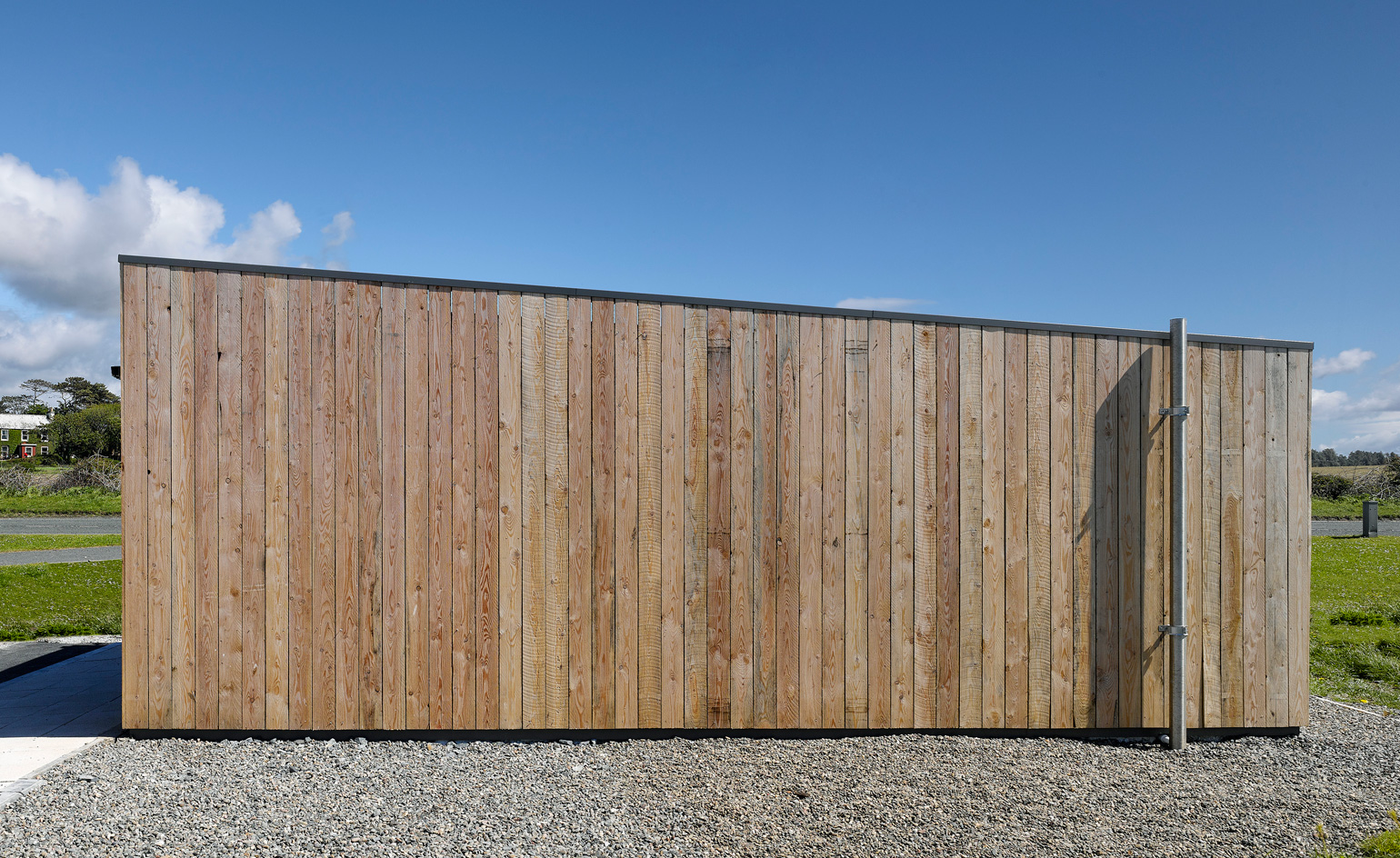
Through the use of simple and local materials, the architects have transformed a once non-descript layby into an attractive and contemporary looking place to stop and absorb the sights.
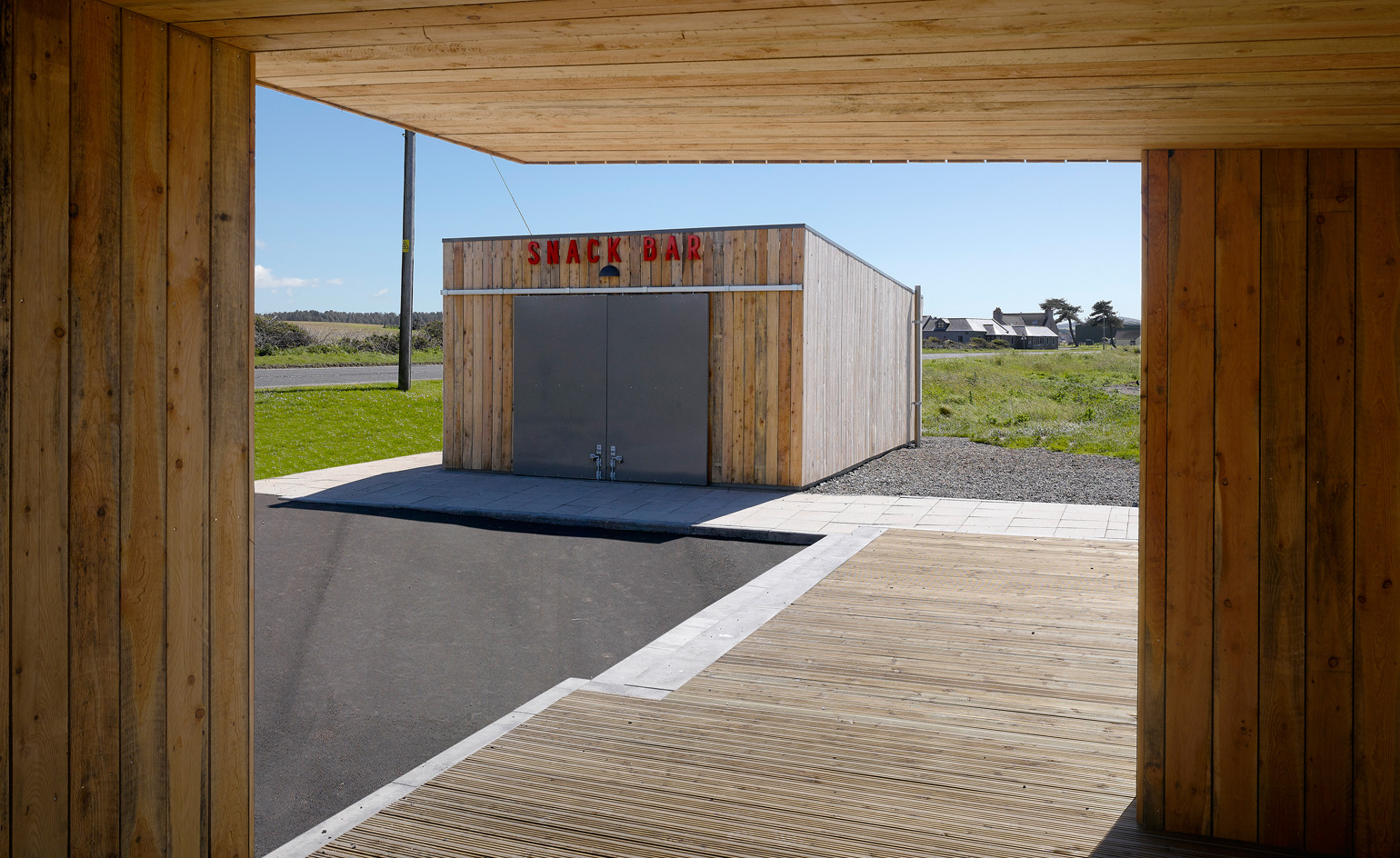
Stranraer lost much of its passing trade after the ferry terminal was moved up shore. From the revamped observation point pictured passersby can enjoy expansive vistas of the loch as well as views of the ships coming in and out of the new port in neighbouring Cairnryan.
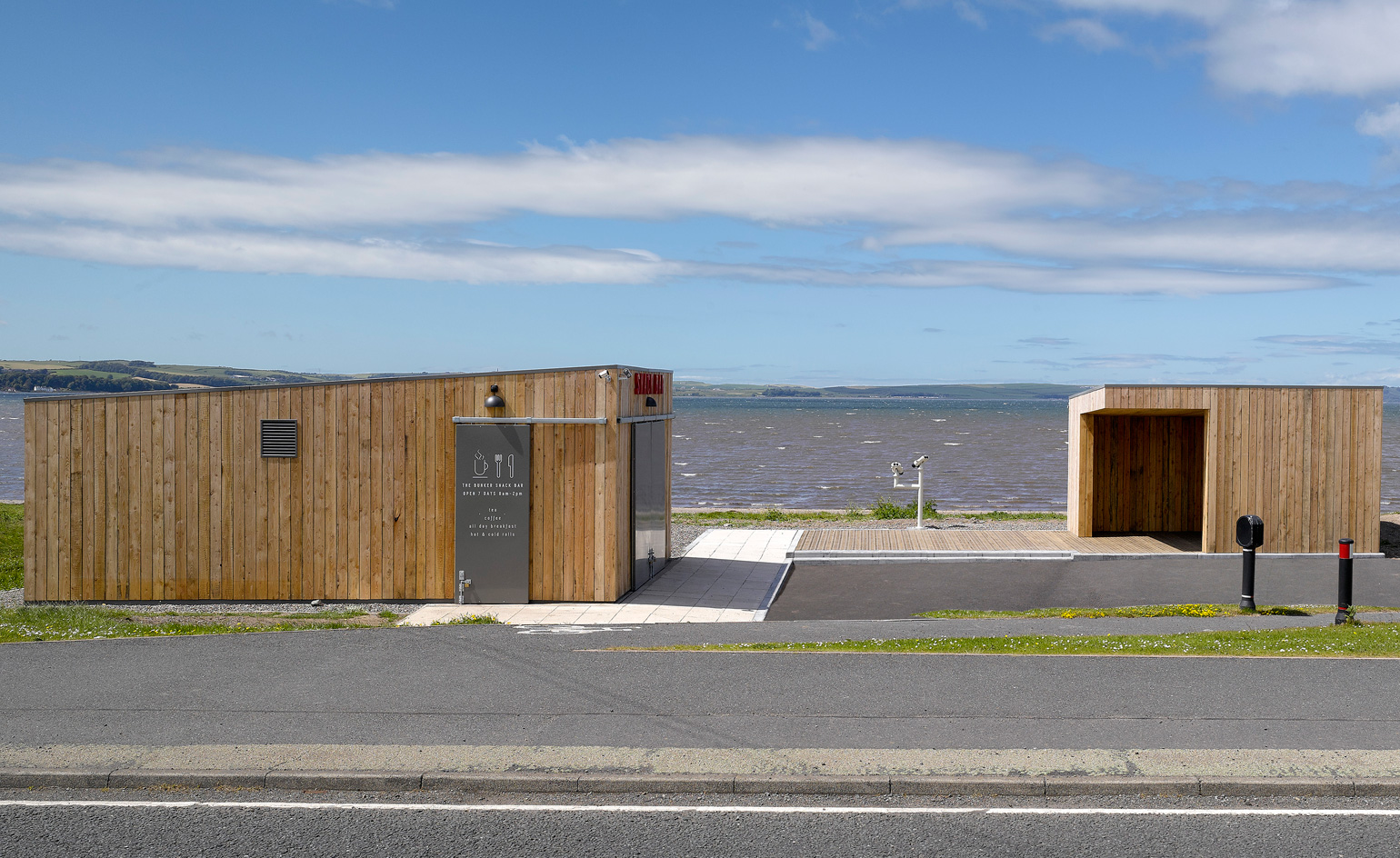
Galvanized polyester powder-coated metalwork and a cantilevered pavilion frame picturesque views of Loch Ryan, and provides seating and shelter.
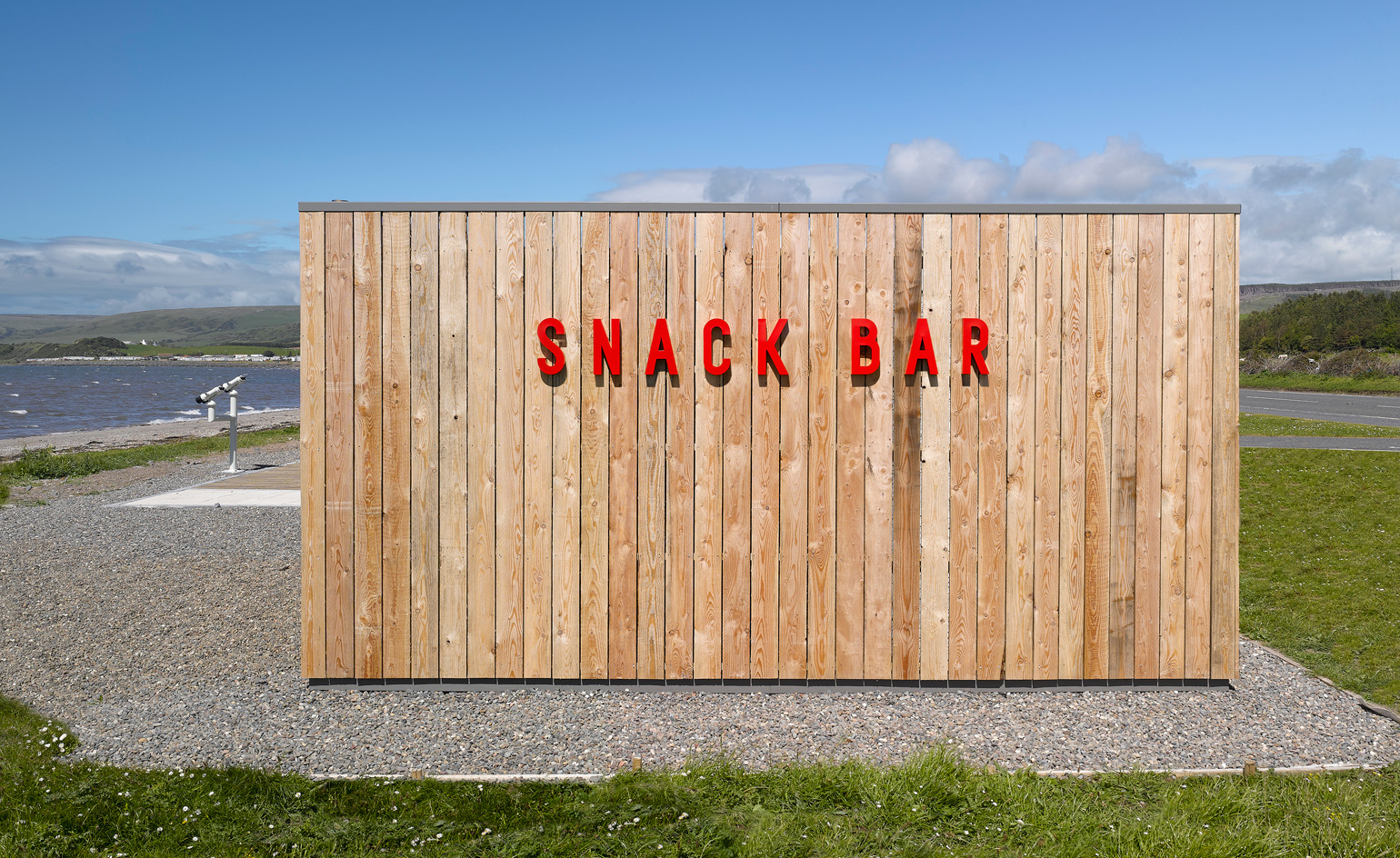
'We took a porthole theme that you might have on a boat but reversed it,' says Robinson, part of the team that designed the Gateways, referencing the nautical but landbased appearance, 'it's subtle but it piques your interest'.
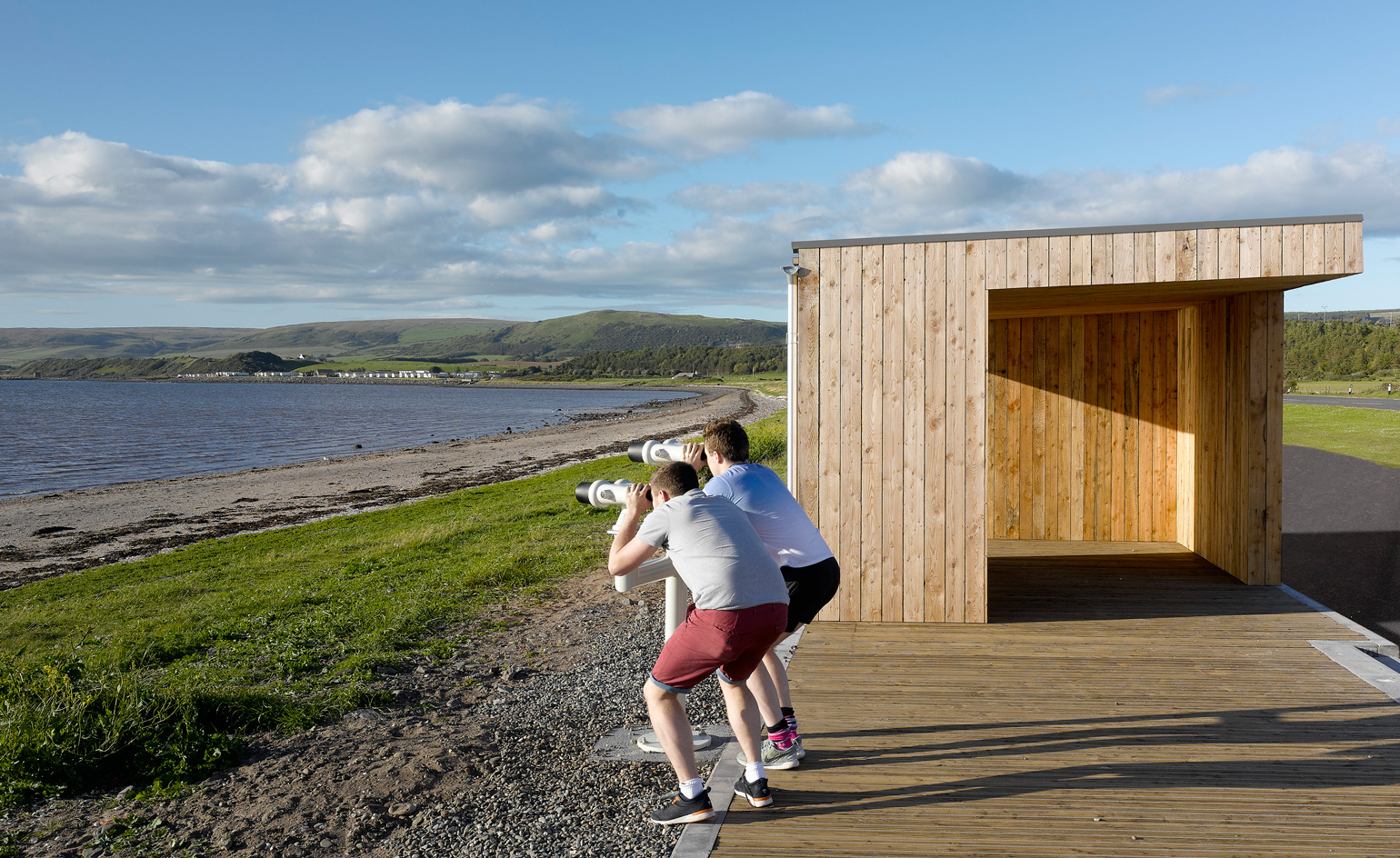
These Gateways stand testament to what a modest budget and a good architect can do.
Wallpaper* Newsletter
Receive our daily digest of inspiration, escapism and design stories from around the world direct to your inbox.
Giovanna Dunmall is a freelance journalist based in London and West Wales who writes about architecture, culture, travel and design for international publications including The National, Wallpaper*, Azure, Detail, Damn, Conde Nast Traveller, AD India, Interior Design, Design Anthology and others. She also does editing, translation and copy writing work for architecture practices, design brands and cultural organisations.
-
 All-In is the Paris-based label making full-force fashion for main character dressing
All-In is the Paris-based label making full-force fashion for main character dressingPart of our monthly Uprising series, Wallpaper* meets Benjamin Barron and Bror August Vestbø of All-In, the LVMH Prize-nominated label which bases its collections on a riotous cast of characters – real and imagined
By Orla Brennan
-
 Maserati joins forces with Giorgetti for a turbo-charged relationship
Maserati joins forces with Giorgetti for a turbo-charged relationshipAnnouncing their marriage during Milan Design Week, the brands unveiled a collection, a car and a long term commitment
By Hugo Macdonald
-
 Through an innovative new training program, Poltrona Frau aims to safeguard Italian craft
Through an innovative new training program, Poltrona Frau aims to safeguard Italian craftThe heritage furniture manufacturer is training a new generation of leather artisans
By Cristina Kiran Piotti